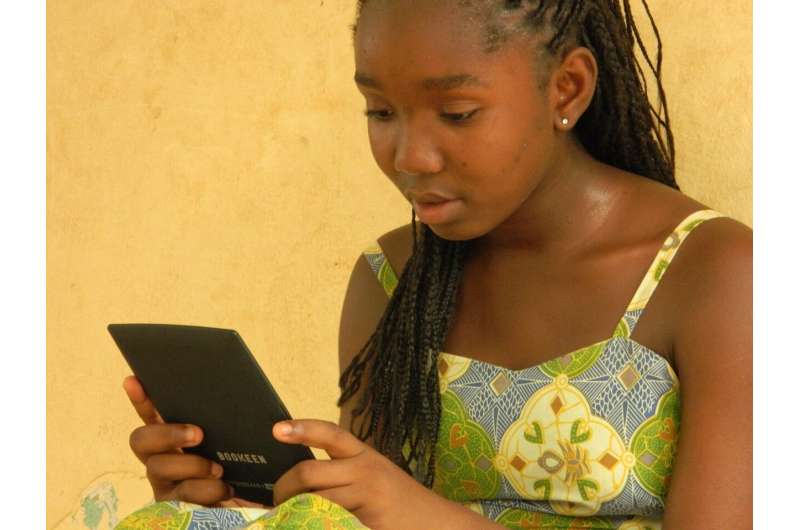Q&A: Balancing screen time and creating a healthy home for children

DEAR MAYO CLINIC: My daughter is turning 7 in a few months, and I am considering getting a tablet for her, especially given the increase in online learning. However, I'm unsure if this is good for her growth and development, and I don't want her spending all her time on it. Are there ways to balance screen time while still creating a healthy home environment?
ANSWER: Children are spending more time online with hybrid and distance learning thanks to COVID-19. The good news is that there are ways to balance your child's screen time while also creating a healthy home environment. However, it is important that you take the steps needed to monitor screen time, and allow for physical activity and critical thinking.
Electronics are a prevalent part of everyday personal and school life in today's culture, which is fine, but there are health benefits related to reducing screen time, such as improved physical health, decreased obesity, and more time to play and explore.
It is important to note that the American Academy of Pediatrics recommends no screen time for children under 2, one hour per day for children 2 to 12, and two hours per day for teens and adults. In your case, if you are worried about how much screen time you should allow your 7-year-old, try limiting to one hour per day.
Limiting screen time will allow you keep a closer eye on what your child is experiencing on social media and the internet. It also will combat risks of obesity, sleep disturbances, depression and short attention span.
These tips can help you trim your children's screen time, and balance time for other healthy growing habits:
Be accountable. Set expectations and goals with your children about reducing screen time.
Be realistic. If you start to notice your children spending too much leisure time on screens, start with setting attainable goals. Instead of jumping right to the recommended one hour per day, start by cutting their screen time back a little at a time.
Control content. There are free and paid apps that parents can use to manage access to appropriate content. Some of these apps also can allow you to set controls based on age, and schedule permissible screen time and automatic lock times.
Create electronic-free zones in the home, such as family meal areas. This will help manage expectations.
Maintain a good sleep routine. Sleep is an essential element of success for children. Aim for an early bedtime and a consistent routine of winding down. This includes no screen time leading up to bedtime.
Identify time for your child to be outside and playing. Getting outdoors and away from electronics is important. Play is good for your family's health.
Build in daily exercise. Though this may be during play time, exercise increases your endorphins, boosting your mood and improving physical health. And a healthy active lifestyle, away from electronics, can help your daughter maintain a healthy weight and prevent other health issues.
Spend quality time and engage. After work or school, spend time each day talking face-to-face with your child and give her your full attention. Remind your daughter of the importance of forming strong relationship bonds through in-person interaction. Engaging family time not only helps reduce screen time, but also builds a healthy home environment.
It's OK for your children to have fun on their electronics here and there. However, it is important to remember implementing small windows of screen time can have great health benefits and allow for quality family bonding. Balancing screen time and a healthy environment can seem like a challenge at first, but taking these simple steps and implementing these tips can be helpful in doing so.
©2021 Mayo Clinic News Network
Distributed by Tribune Content Agency, LLC



















